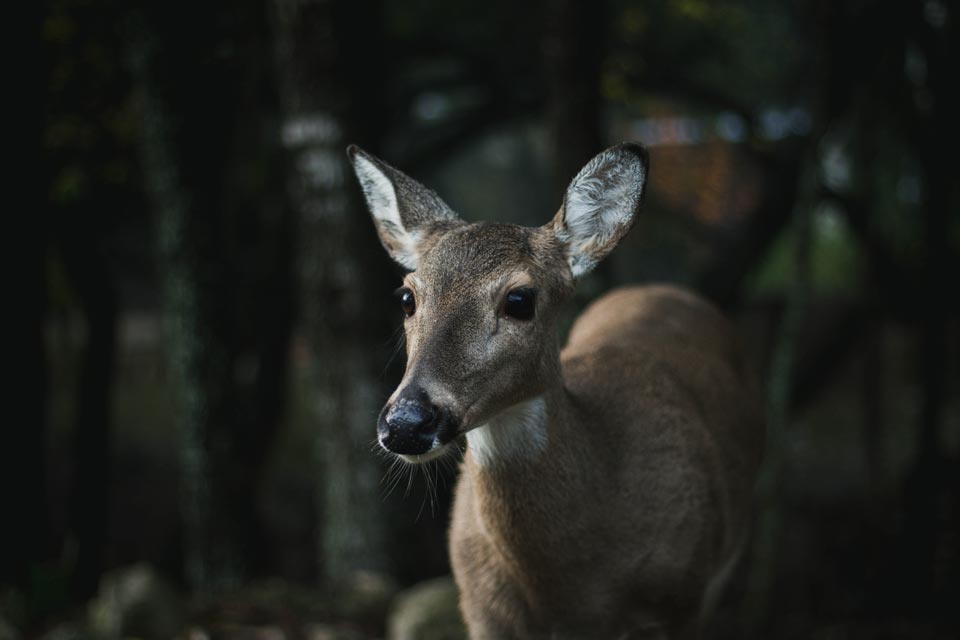We have a shrub on our property that looks like a mushroom. It is not the product of my topiary skills. It’s the result of the age-old flora-fauna conflict. The blackhaw (Viburnum prunifolium) is not the mushroom. It’s just the bones of the topiary. The grape that is growing up over it is the true art. Deer nibble all tendrils the grow down creating the mushroom effect. So maybe it’s the deer with topiary skills.
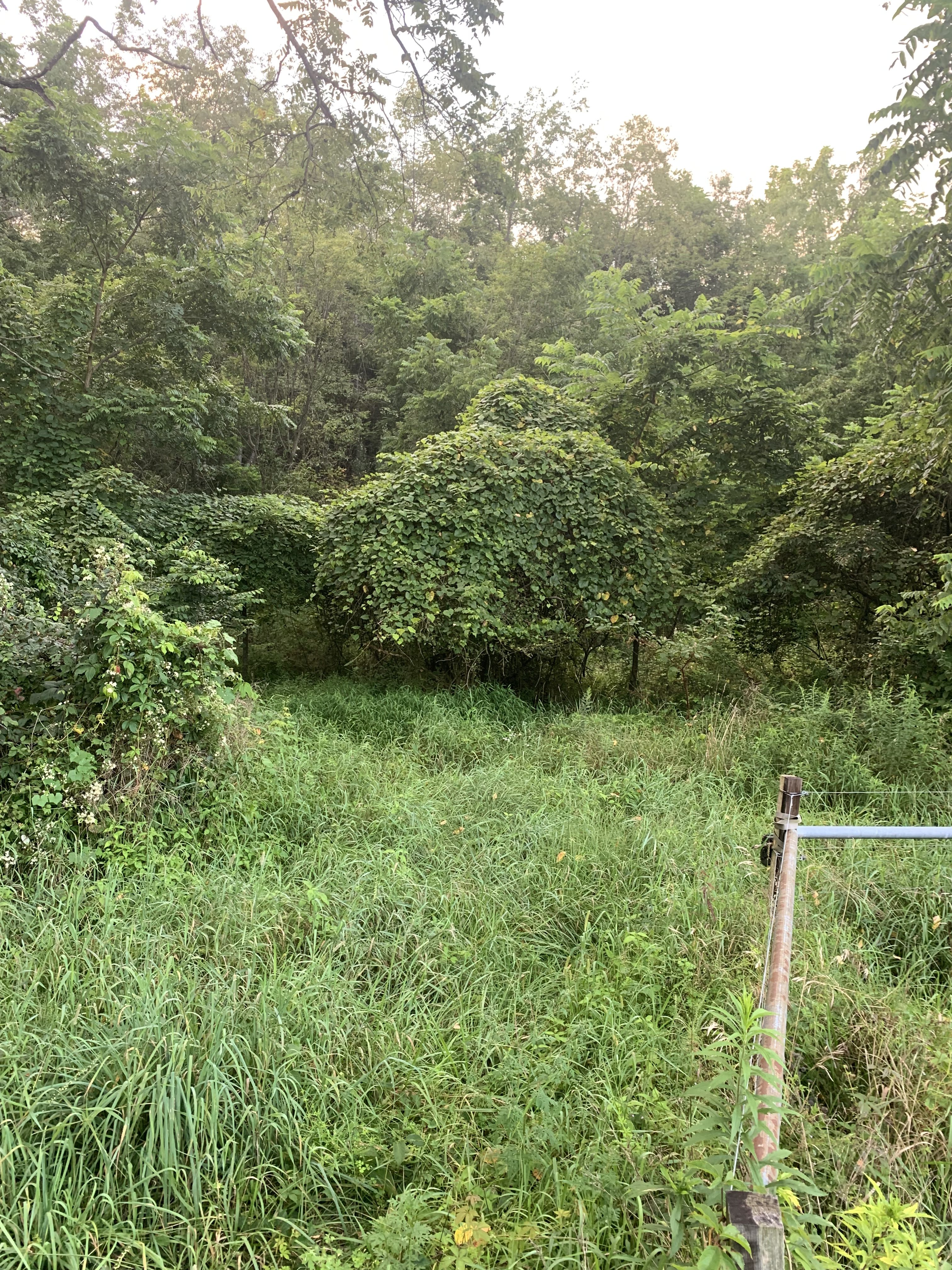
No deer can pass by without taking a bite (if they can reach!). It doesn’t help that it’s also a year-round scrape visited by every buck and doe in the area.
How plants respond to herbivory (be it from deer, koalas, or elm spanworms [Ennomos subsignaria]) is fascinating.
Hawthorns (Crataegus spp.), and other thorny plants, dress in armor to protect themselves growing longer spikes in response to herbivory. Checkout this hawthorn on my property, not far from the mushroom bush. It’s by itself on the edge of the pasture and gets sampled by deer all year long. Some of the thorns exceed 2” in length. Other plants will produce compounds that make them less tasty or more difficult to digest.
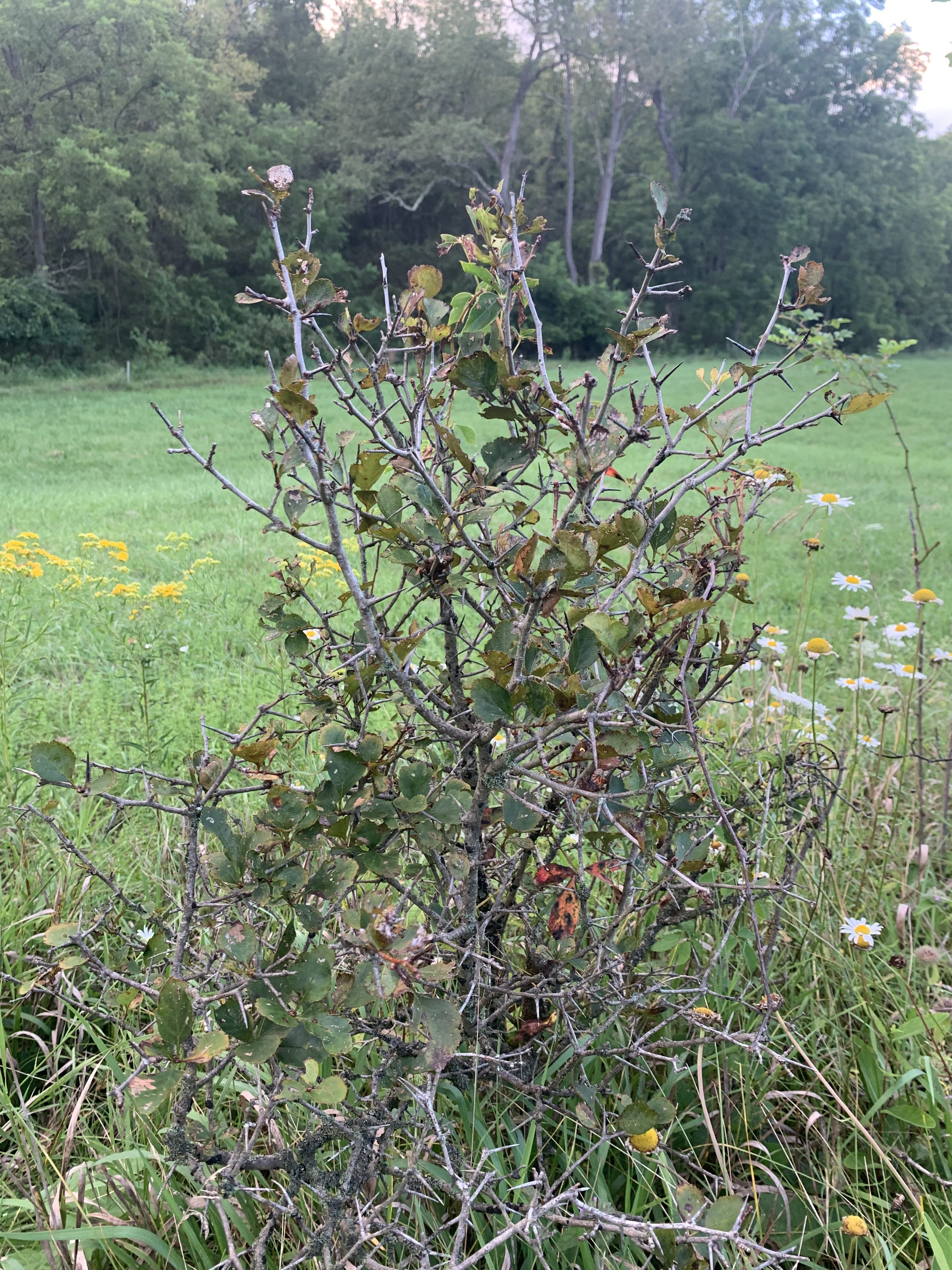
The artsy grape doesn’t grow thorns or generate foul flavored compounds. Instead, it runs away climbing the nearest tree or fence post to grow out of the reach of deer (most of the time).
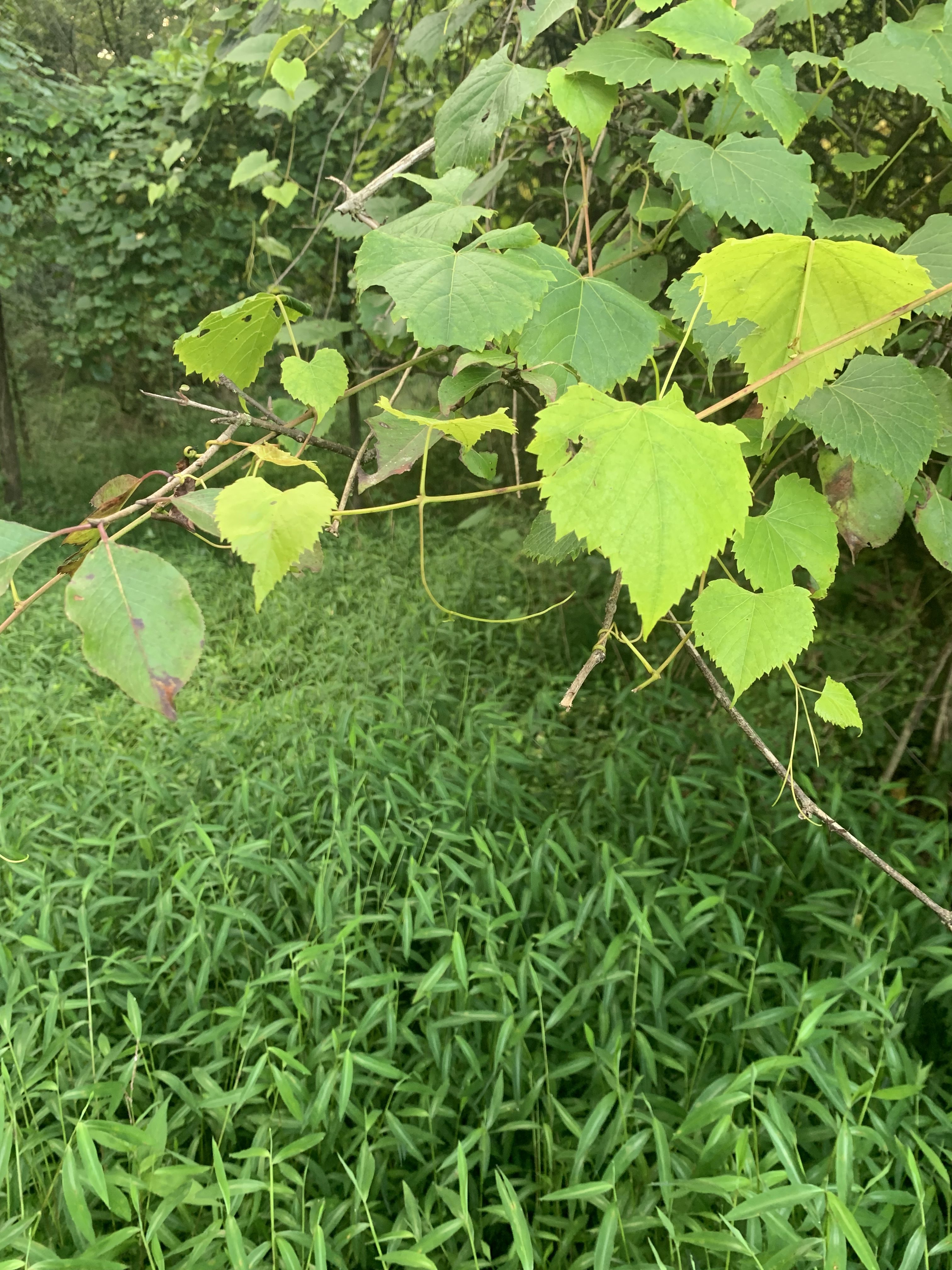
Greenbriar (Smilax spp.) is a tasty springtime morsel – it reminds me of asparagus. But you better get it early because after that armor hardens it’s not such a delicacy. Deer are well aware of this. You won’t notice browsing in the summer, but the evidence of spring snacking can be seen in darkened tissue where deer nipped off the stems.
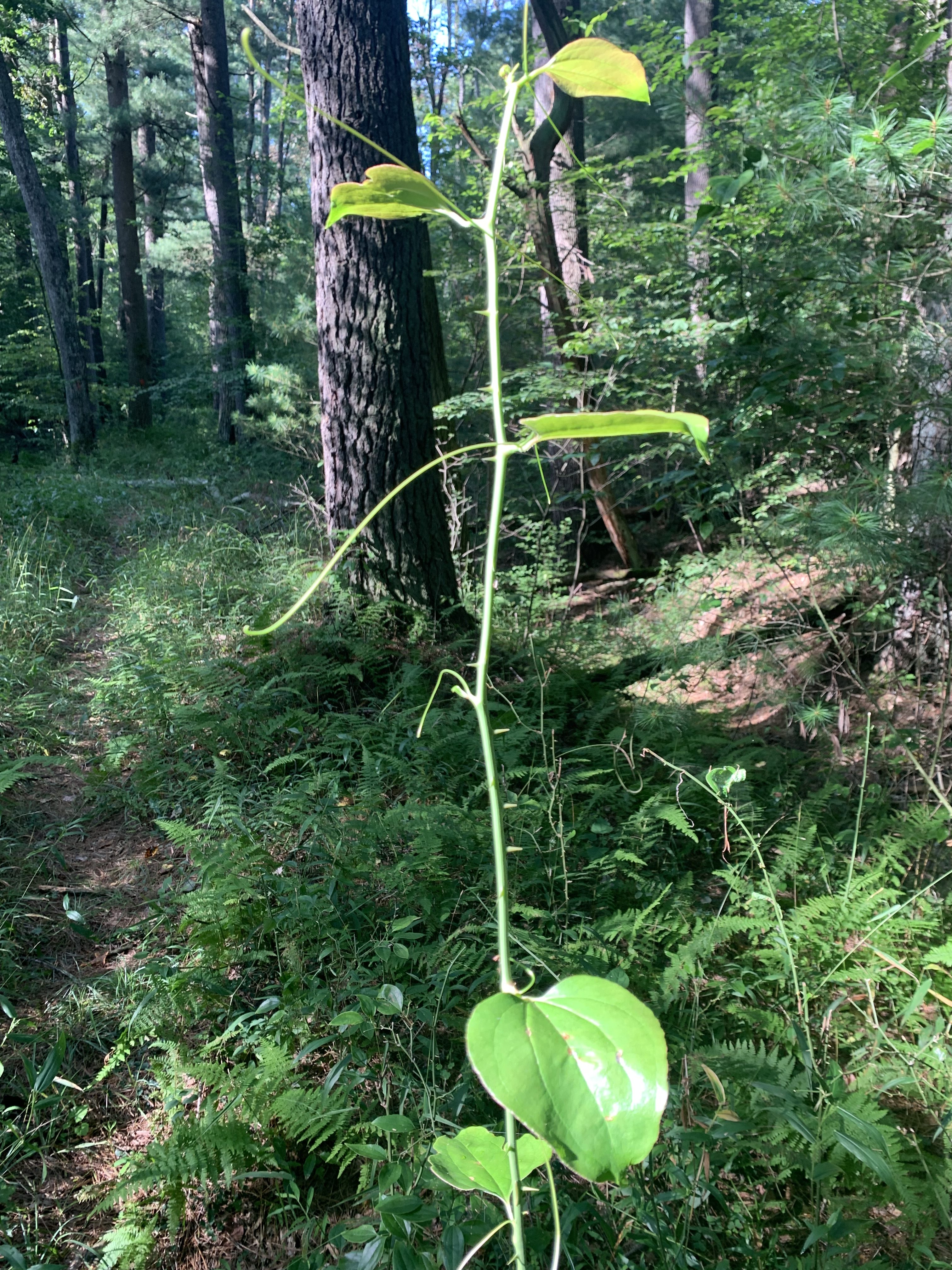
Plants pull out all the stops in the name of self-preservation. Something to which we can all relate. And there is no limit on the cool and creative ways to do it.
-Duane Diefenbach
